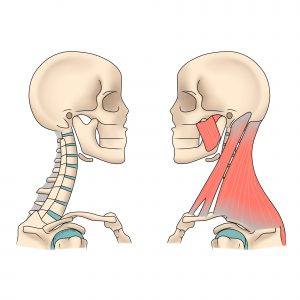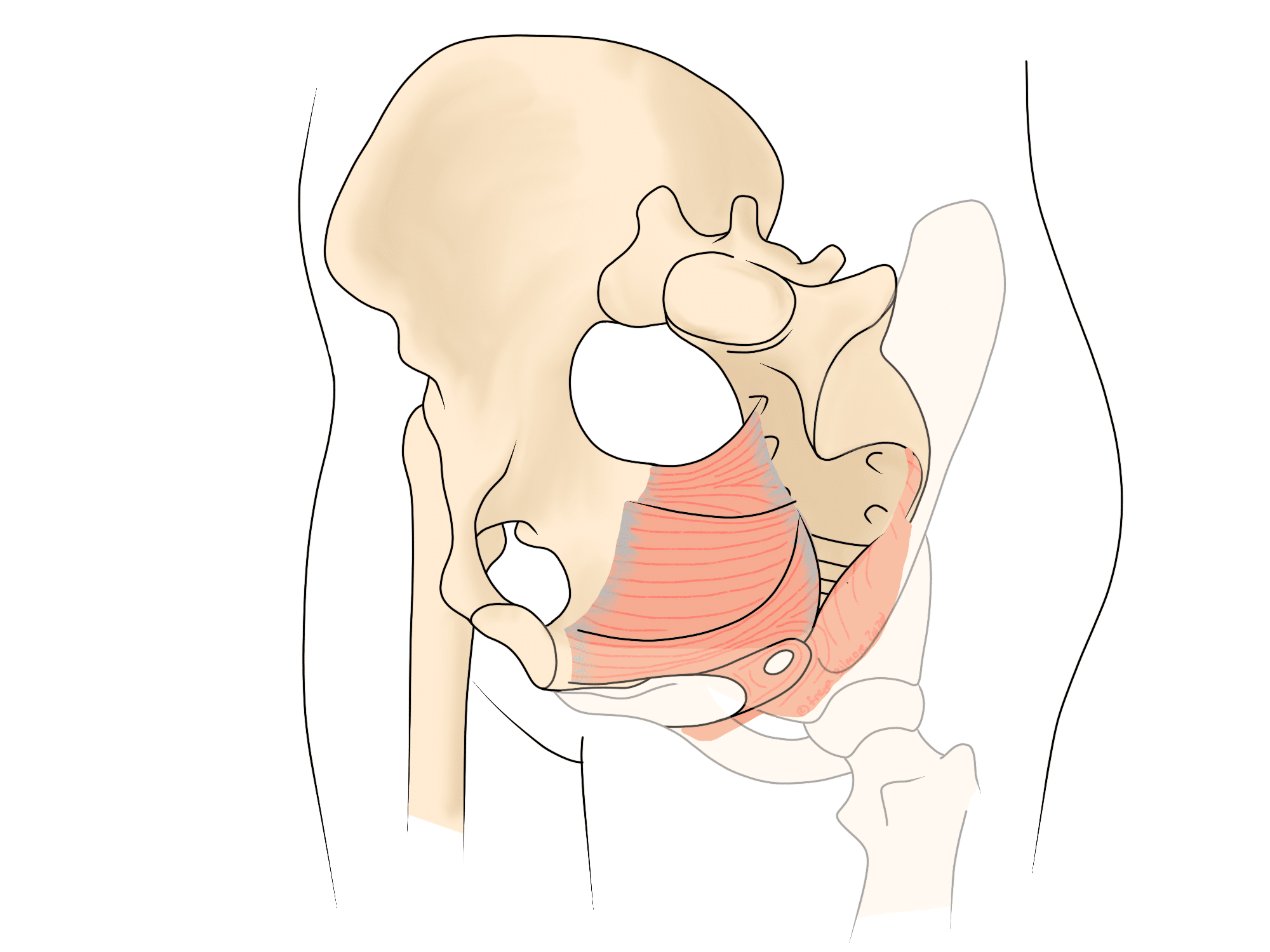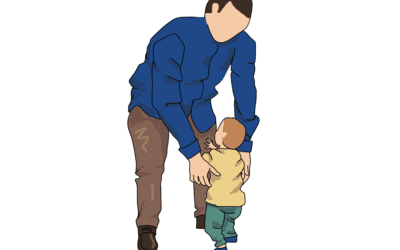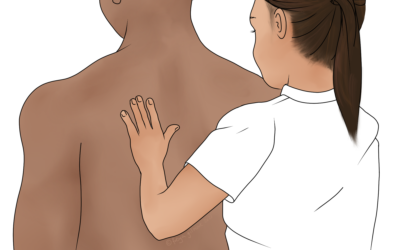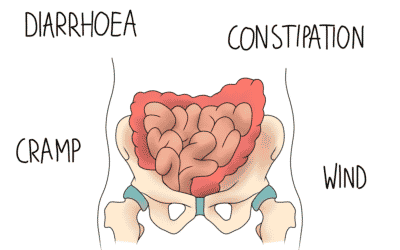The pelvic floor is not something that should only concern women in pregnancy and post partum. Everyone has a pelvic floor, and its role extends beyond bladder and bowel function. Pelvic floor dysfunction can have a link to lower back pain.
What is the Pelvic Floor?
The pelvic floor (PF) is a sling of muscles at the base of the pelvis. The illustration shows that although they mostly sit at the lower opening of the pelvis, some of the muscles attach relatively high up on the sacrum (base of the spine). These muscles support the organs within the pelvis, and aid urinary and faecal continence.
Like any group of muscles, if the PF muscles are overworked they can become strained and weak. This is not uncommon during the demands of pregnancy and childbirth, which is why the NHS recommends daily pelvic floor exercises before, during, and after pregnancy. Some women find that their PF becomes weaker after menopause too, regardless of whether or not they have had children. Although this is common, it is not something you have to tolerate.
Interestingly, like some people get tight shoulders and headaches when they’re stressed, other people hold tension in their thighs and PF muscles. This can cause a vicious cycle of stress causing pelvic pain or urinary leakage, which causes further stress, tension, and symptoms. Spotting a pattern to your symptoms is important for working out the root cause of your problem.
The Pelvic Floor and Back Pain
Lower back pain is a multi-factorial thing, and the pelvic floor can play a role in it. Research has shown that pelvic floor exercises can help to improve lower back pain, which makes sense given the anatomy of the area.
Problems with the PF could involve tension or weakness in any given muscle. Often the two come hand in hand, as a weak muscle has to work harder. If a strong muscle is tense, it might have the power to act on the structures at either end of itself. There is a muscle that attaches to the tailbone itself, which is a very mobile bone and can cause local discomfort when irritated. If the muscle is strong enough to pull on the tailbone itself, it might cause the bone to lean to one side or to flex more than is comfortable. This pain may be counteracted by the larger muscles of the glutes also tensing up in an attempt to protect the area. In reality, this often makes things even less comfortable.
Tight gluteal muscles often appear in patients who visit the clinic for lower back pain. Understanding the exact cause can be a “chicken or egg” situation, but between your history and our examinations, we will work to find the root cause of your pain.
Osteopathic Management
There are specialist osteopaths and physiotherapists who are trained to perform internal techniques. However, there is also a lot that can be done with exercises and indirect techniques. Because of the relationship between the pelvic floor and other local muscles, working on the glutes and muscles of the thighs can ease the other muscles enough that the tension/pain cycle can be broken and further managed with exercises at home. Please note that nothing will be done without your explicit consent, and you are welcome to bring a chaperone with you if you feel uncomfortable.
Click here to make an appointment in Horley or Crawley
















